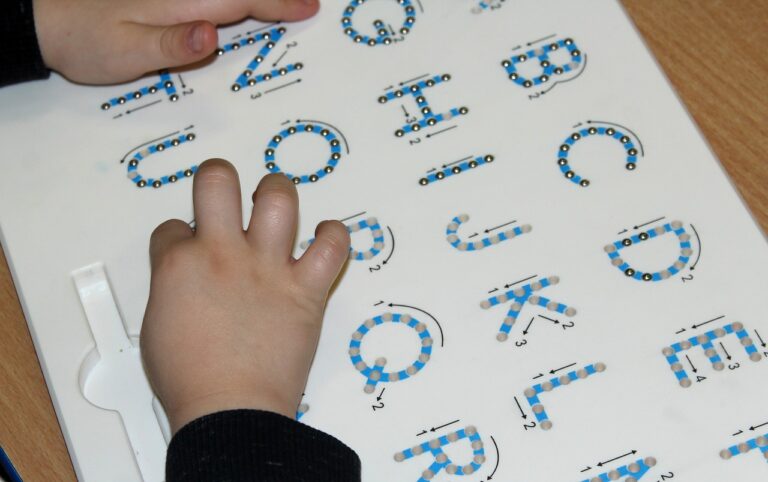Leveraging Technology for Differentiated Instruction in the Classroom
Differentiated instruction is a crucial approach in education that recognizes the diverse needs of students in the classroom. By tailoring teaching methods to individual students based on their abilities, interests, and learning styles, educators can better support each learner’s academic growth and provide a more inclusive learning environment. This personalized approach helps students of all levels succeed and reach their full potential by addressing their unique strengths and challenges.
Incorporating differentiated instruction benefits not only the students but also the teachers by promoting student engagement and motivation. By adapting lesson plans and materials to meet the varied needs of learners, educators can create a more student-centered classroom that fosters collaboration and active participation. This approach not only enhances academic achievement but also cultivates a positive learning experience for all students, ultimately fostering a more effective and fulfilling educational journey.
Understanding the Needs of Diverse Learners
In education, the concept of diverse learners encompasses a wide range of students with varying backgrounds, abilities, and learning styles. It is crucial for educators to recognize and understand these differences in order to effectively cater to the specific needs of each student. By acknowledging the diverse nature of learners in the classroom, teachers can create a supportive and inclusive environment where every student has the opportunity to thrive academically.
When teachers implement differentiated instruction strategies, they are able to provide personalized learning experiences that meet the individual needs of their students. This approach allows educators to adapt their teaching methods, materials, and assessments to accommodate diverse learners, ensuring that each student has access to quality education. By embracing the uniqueness of each student and tailoring instruction to suit their learning preferences, teachers can foster a sense of belonging and success among all learners in the classroom.
What is differentiated instruction?
Differentiated instruction is an approach to teaching that takes into account the diverse needs of students in the classroom. It involves tailoring instruction to meet the individual learning styles, preferences, and abilities of each student.
Why is differentiated instruction important in education?
Differentiated instruction is important because it helps ensure that all students have the opportunity to learn and succeed. It allows teachers to meet the unique needs of each student, making learning more accessible and engaging for everyone.
How can teachers understand the needs of diverse learners?
Teachers can understand the needs of diverse learners by getting to know their students on a personal level, conducting assessments to identify learning styles and preferences, and regularly reflecting on their teaching practices to ensure they are meeting the needs of all students.
What are some strategies for implementing differentiated instruction in the classroom?
Some strategies for implementing differentiated instruction include providing students with choices in how they demonstrate their understanding, offering a variety of learning activities to appeal to different learning styles, and using flexible grouping to allow students to work at their own pace.
How can teachers ensure that all students are receiving the support they need?
Teachers can ensure that all students are receiving the support they need by regularly assessing student progress, providing feedback and guidance, and collaborating with other educators and support staff to develop individualized learning plans for students who require additional support.





